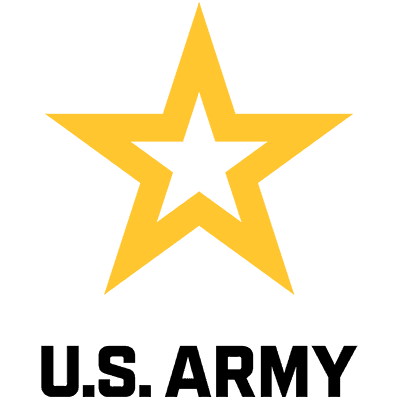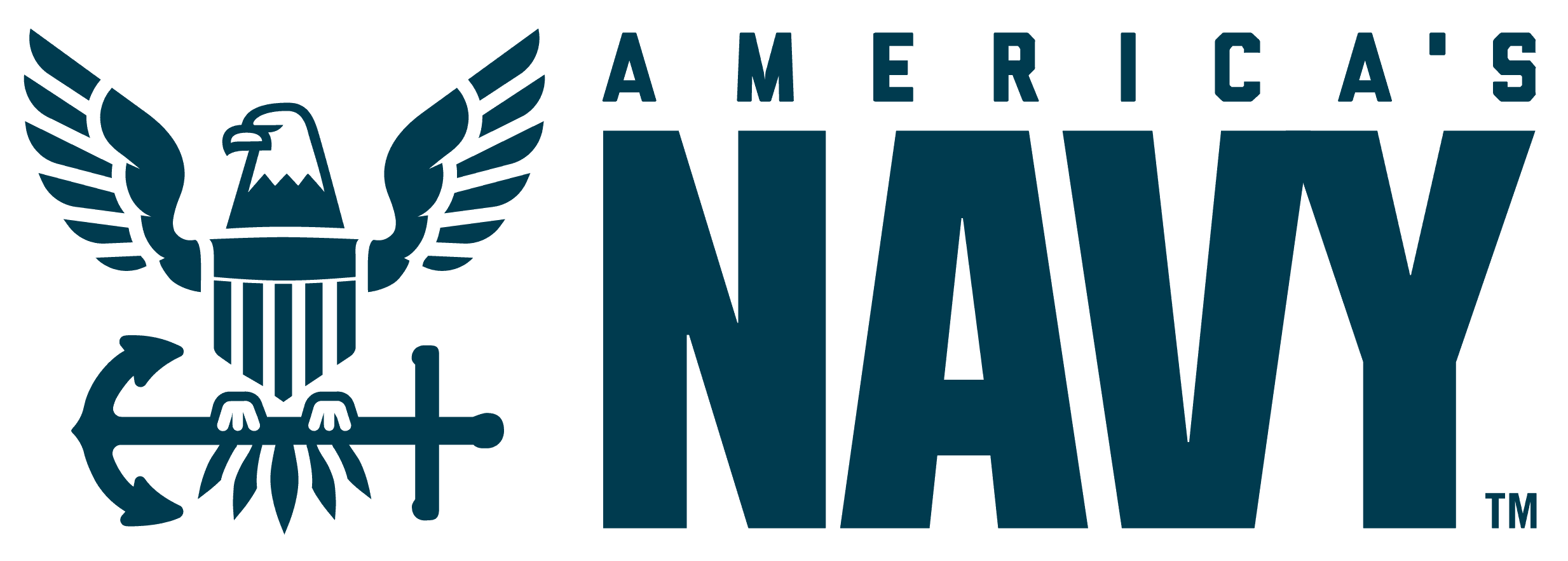Military Emergency Medical Technicians
Overview
What are the responsibilities of this role?
EMTs are health professionals trained to respond quickly to emergency situations. Military EMTs provide emergency medical treatment, limited primary care, force health protection, and evacuation assistance in a variety of operational and clinical settings from point of injury or illness through the continuum of military healthcare. They perform basic diagnostic and laboratory tasks. They may work in military health facilities or in the field.
What is the work environment like?
Emergency medical technicians usually work in hospitals and clinics on land or aboard ships.
How many people have this role in the Military?
9,696
Compensation
Understanding How Military Pay is More Than Just a Salary
Base pay is the standard income you’ll earn as a service member, providing a stable foundation to start achieving your financial goals.
- Always fixed based on rank and service time.
- Distributed monthly.
What is the typical salary range?
$68,231
$87,924
$131,082
Military Details
What Service Branches offer this role?
Is this a staff or leadership role?
What does the training for this role entail?
All enlisted service members complete basic military training, which includes time spent in a classroom and in the field, and covers tactical and survival skills, physical training, military life and customs, and weapons training. Job training for emergency medical technicians consists of classroom and on-the job instruction, including practice in providing patient care. Training content varies depending on specialty and may include:
- Emergency medical treatment
- Basic patient care
- Anatomy and physiology
- Minor surgical procedures
- Clinical laboratory procedures
- Methods for diagnosing diseases
- Plaster-casting techniques
Education
What level of education do professionals in this role have?
No data available for this section.
Which college majors best prepare you for this role?
- Emergency Medical Technology/Technician (EMT Paramedic)
Learn About How Military Can Pay for 100% of your College Degree
Skills and Interests
What knowledge is essential to bring to the table?
No data available for this section.
What personality traits help people thrive in this role?
You love connecting with people, helping others and making a difference in your community.
You love hands-on work and solving practical problems — like fixing things and building stuff.
You love figuring out how things work and researching subjects that interest you.
RIASEC represents six broad interest areas—Realistic, Investigative, Artistic, Social, Enterprising, and Conventional—helping individuals identify careers that match their skills and preferences.
Take the RIASEC Test

